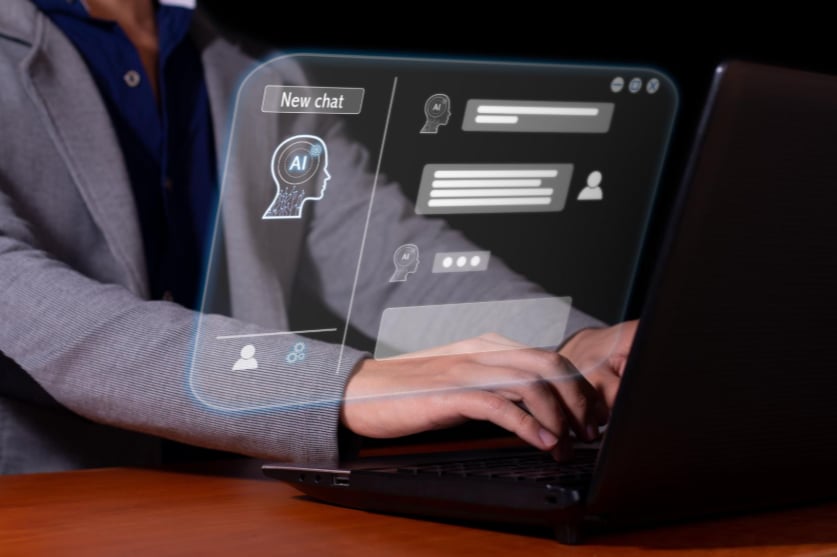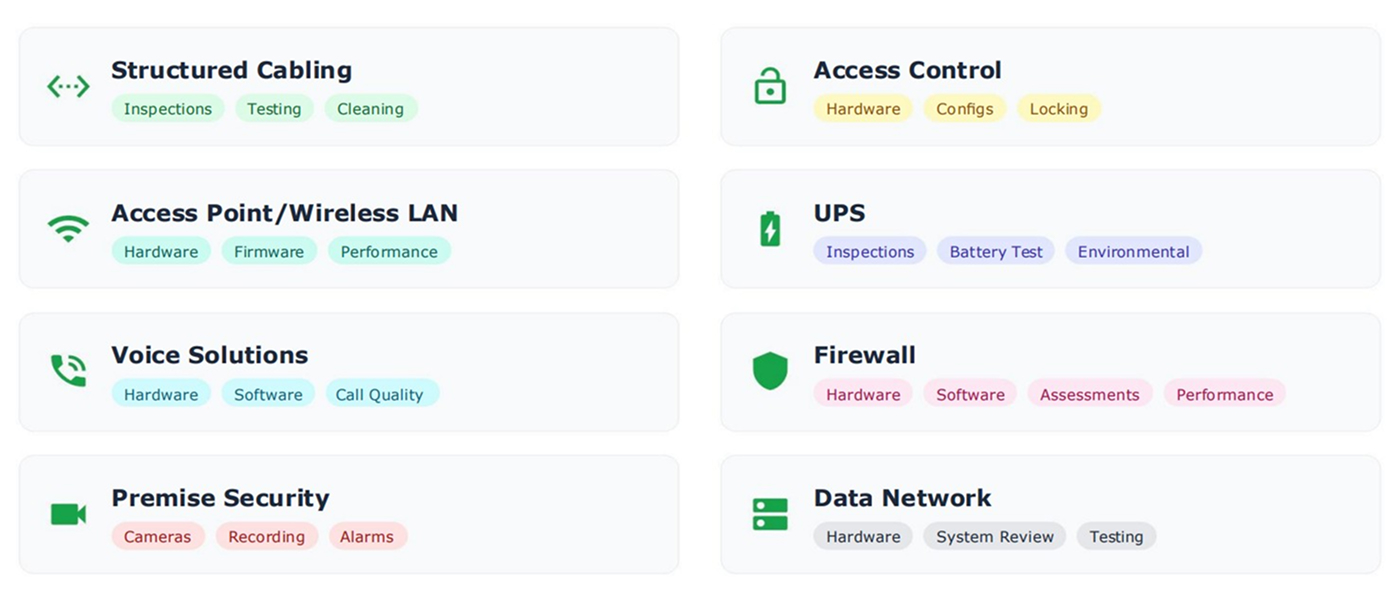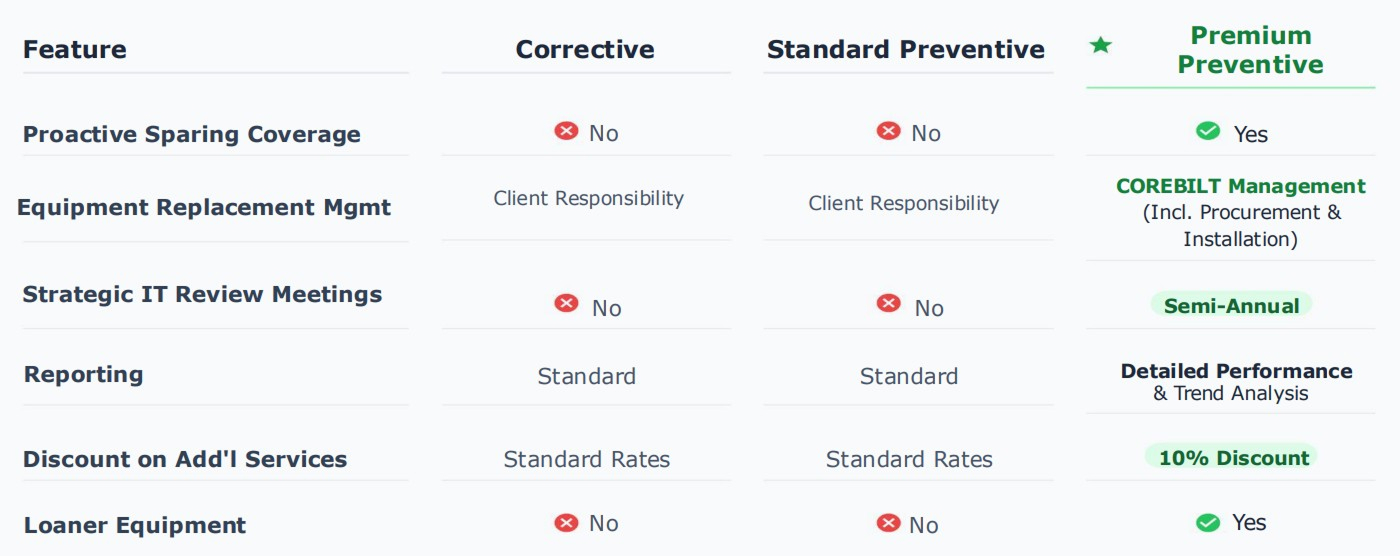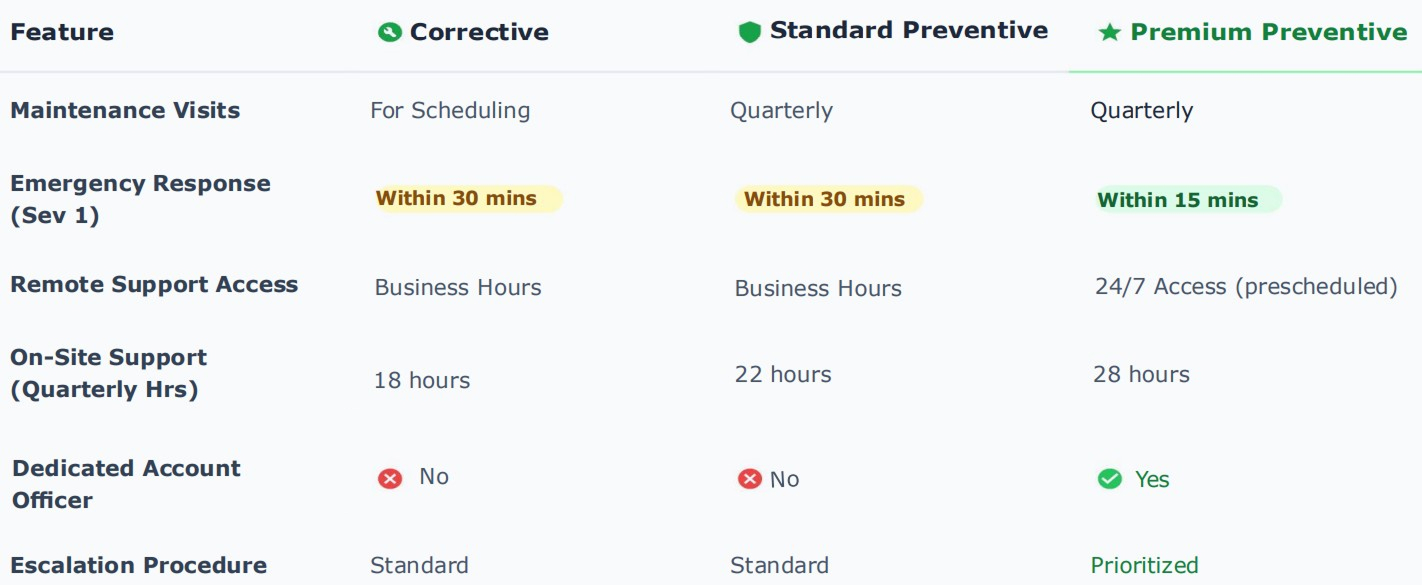Overview:
- What Businesses Need to Know About AI Integration
- How to Start Integrating AI in the Office
- Infrastructure Upgrades for AI-Ready Offices
- The Role of a General Contractor in AI Office Design
- Choosing the Right General Contractor in the Philippines
- Partnering with Corebilt for Future-Ready Offices
When you search for answers about designing offices for AI, most AI tools immediately focus on technology and software solutions. They talk about smart lighting, automated climate control, IoT devices, and AI-powered workflow systems. While these suggestions are helpful, they often overlook the physical infrastructure required to truly support AI in the workplace. AI is more than software; it is intelligence that relies on robust, reliable systems built into the very fabric of the office. Understanding what artificial intelligence is and how it interacts with your workspace is the first step toward creating an environment that does not just accommodate AI tools but fully leverages their potential.
What Businesses Need to Know About AI Integration
AI integration in the office is no longer optional. From AI intelligence systems that predict workflow bottlenecks to machine learning tools that manage energy consumption, businesses need offices capable of supporting these advanced technologies. This means higher data capacity, enhanced electrical systems, and flexible layouts that allow for smart devices and automation hubs.
Beyond the hardware and software, office design must also consider employee workflows and comfort. AI systems perform best when humans and machines can interact efficiently. This includes collaborative spaces that are compatible with smart scheduling tools, private zones for focus that incorporate noise-canceling AI solutions, and adaptive environments that respond to occupancy patterns. Planning for these considerations ensures that AI does not just operate in the office but enhances productivity and employee satisfaction.
How to Start Integrating AI in the Office
Businesses can start integrating AI in a few practical steps:
1. Identify high-impact areas – Determine which processes or spaces can benefit the most from AI. This could include workflow analytics, energy management, or space utilization.
2. Start with small pilot projects – Implement AI tools gradually, such as smart meeting room scheduling, automated lighting, or AI-driven climate control. Small trials allow employees to adapt and provide valuable data for larger implementations.
3. Plan infrastructure needs – Align AI adoption with long-term office design plans. Ensure network capacity, cabling, and hardware placement are prepared for future growth.
4. Train staff and establish policies – Educate employees on how to use AI tools effectively and create guidelines to ensure consistent adoption and optimal performance.
5. Monitor, evaluate, and expand – Track results from pilot projects and adjust strategies before scaling AI across more areas of the office. Gradual expansion ensures a smooth transition and maximizes benefits.
Infrastructure Upgrades for AI-Ready Offices
To make an office AI-ready, there are several key infrastructure upgrades to consider. Electrical systems must handle higher energy demands and ensure uninterrupted power for AI servers and smart devices. Networking infrastructure is equally critical, with high-speed fiber connections and low-latency local networks required to process continuous AI computations reliably.
Cooling and climate control systems are essential for managing the heat generated by servers and other hardware. Smart lighting, automated environmental adjustments, and sensor-driven energy management not only reduce operational costs but also optimize working conditions. Storage and physical space for AI hardware should be planned in advance as future expansions are often necessary to keep pace with evolving technology. Designing modular office layouts allows AI systems to scale without major renovations, ensuring long-term efficiency and flexibility.
The Role of a General Contractor in AI Office Design
The expertise of a general contractor is critical for AI-focused office projects. General contractors often handle conventional office construction, but AI-ready offices require a contractor who understands both building infrastructure and technology integration. A capable general contractor coordinates architects, IT specialists, and equipment suppliers to ensure that electrical, networking, and cooling systems are correctly implemented.
Incorporating AI into the physical office requires precision planning. Minor mistakes in cabling, server placement, or cooling can reduce system efficiency and create costly retrofits. A general contractor experienced with high-tech projects ensures that office infrastructure is robust, compliant with safety regulations, and fully prepared to support advanced AI intelligence systems.
Choosing the Right General Contractor in the Philippines
Finding the right general contractor that Philippines-based businesses can trust is crucial. The ideal contractor has experience in technology-focused office projects, understands AI requirements, and can anticipate future infrastructure needs. They provide flexible solutions and practical guidance, ensuring that an office not only meets current standards but is ready for long-term AI integration. A trusted general contractor acts as both builder and advisor, helping businesses align office design with technological ambitions efficiently and cost-effectively.
Partnering with Corebilt for Future-Ready Offices
Corebilt is starting to integrate AI-ready office design and construction into its services. As an experienced general contractor, Corebilt manages everything from electrical and network infrastructure to climate control and smart space planning. Partner with Corebilt to begin creating an office designed for AI intelligence, efficiency, and innovation. Contact Corebilt today to start shaping your future-ready workspace.





